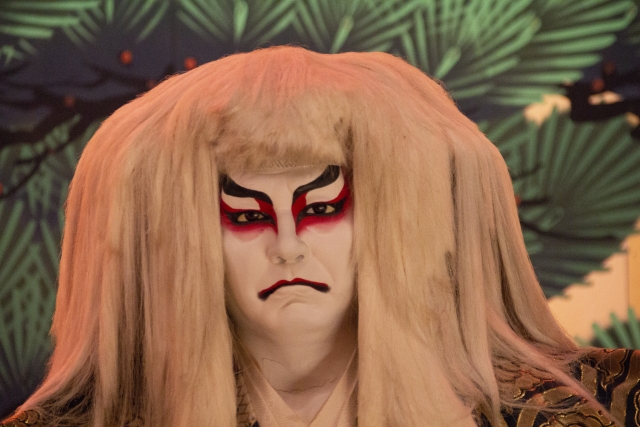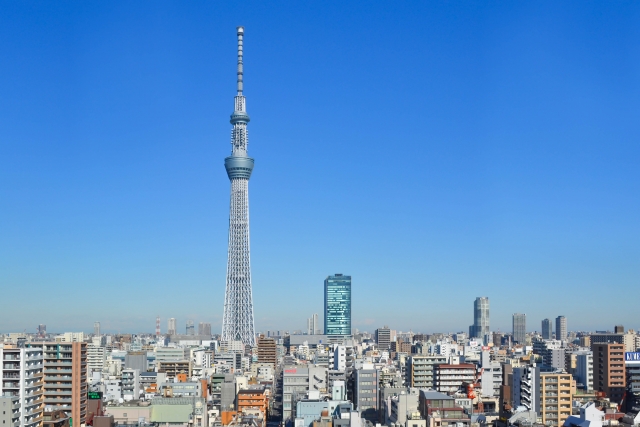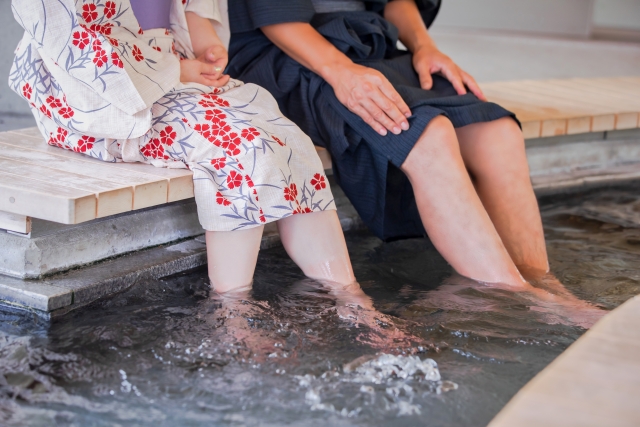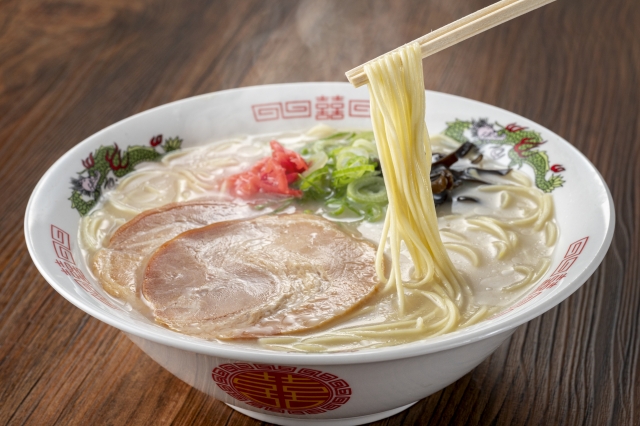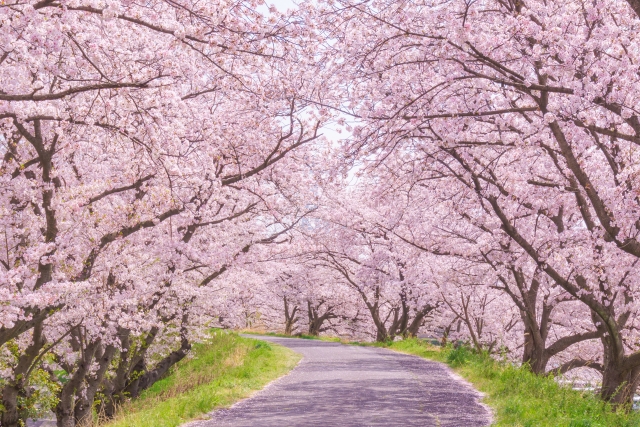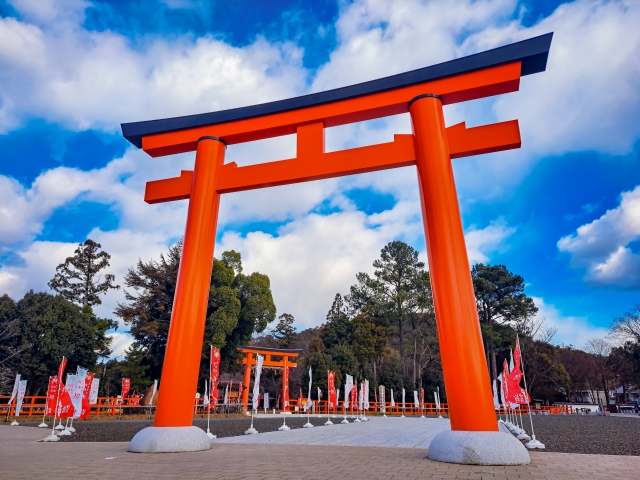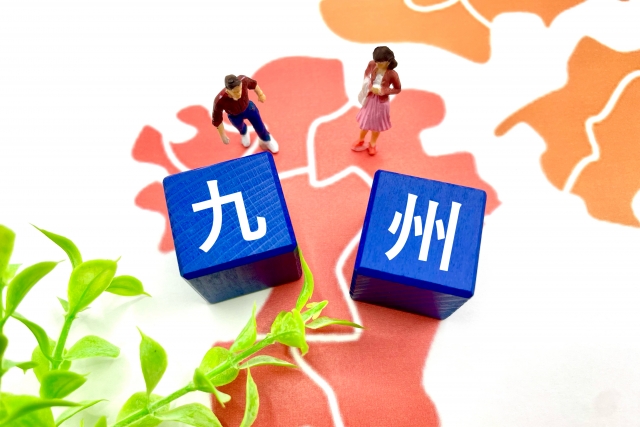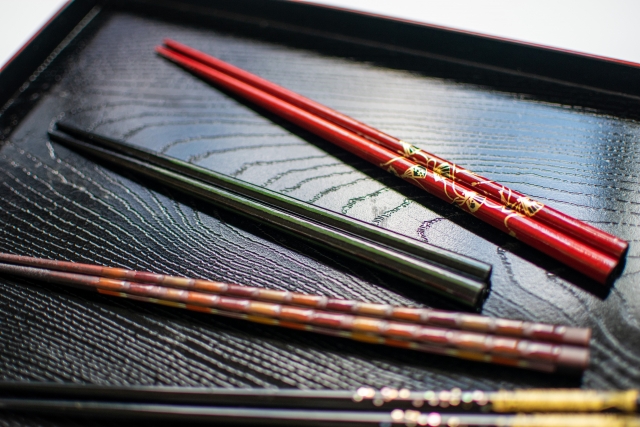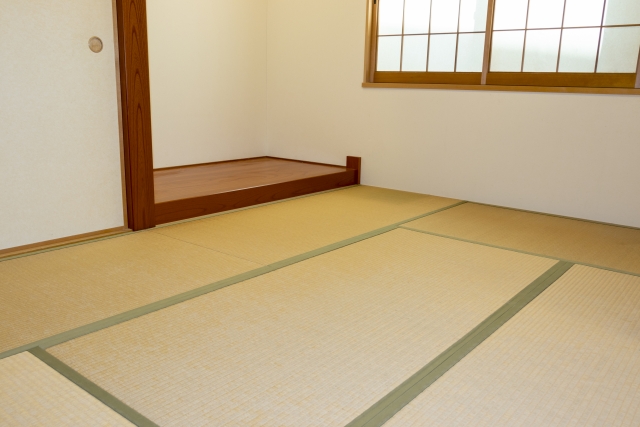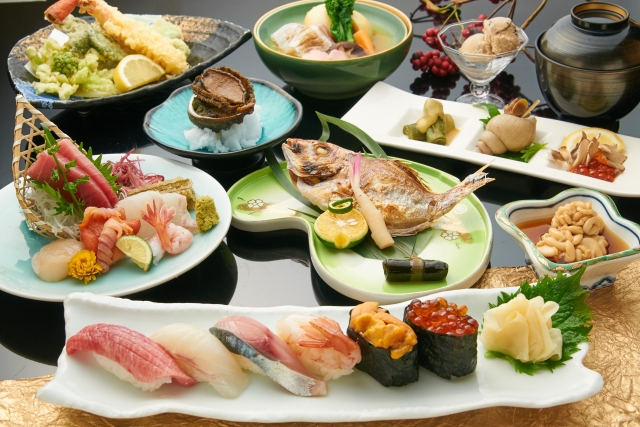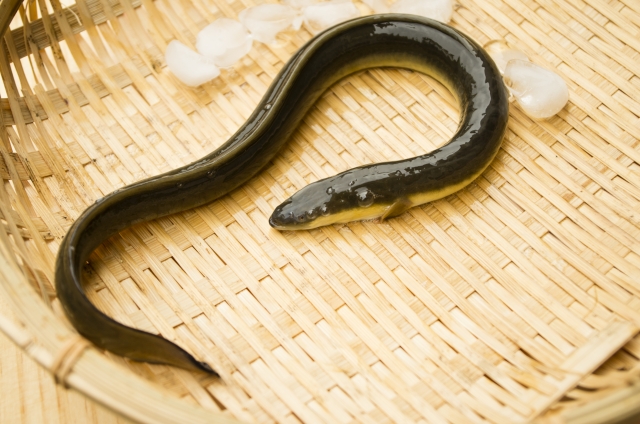“Kabuki” is one of Japan’s traditional performing arts, born out of a long history and tradition, and is an asset of Japan that has been carefully protected and passed down unchanged from ancient times to the present. You can enjoy the world of Kabuki more by following a few points. Here is an easy-to-understand explanation of the meaning and history behind Kabuki costumes, performances, and makeup.
 In Kabuki, there is no director like in other forms of plays. The main actor is in charge of the interpretation of the script, how to express, costumes, makeup, and everything else. The actors pass on their special plays to their children and apprentices. And the name of the actor and the performance that is passed on to the next generation eventually becomes established and fixed, and is called “ie-no-gei”(performance of the family). The famous examples are the “Kabuki- juhachiban(the eighteen best kabuki plays) ” established by Ichikawa Danjuro Ⅶ and the “Shinko-engeki-jusshu”(Ten new old plays”) established by Onoe Kikugoro V.
In Kabuki, there is no director like in other forms of plays. The main actor is in charge of the interpretation of the script, how to express, costumes, makeup, and everything else. The actors pass on their special plays to their children and apprentices. And the name of the actor and the performance that is passed on to the next generation eventually becomes established and fixed, and is called “ie-no-gei”(performance of the family). The famous examples are the “Kabuki- juhachiban(the eighteen best kabuki plays) ” established by Ichikawa Danjuro Ⅶ and the “Shinko-engeki-jusshu”(Ten new old plays”) established by Onoe Kikugoro V.
 There are four major genres of kabuki.
There are four major genres of kabuki.
 Along with the costumes, the makeup of Kabuki is also one of the main features. The unique makeup, called “kuma-dori,” emphasizes the emotions and expressions of the characters.
For example, the red kuma-dori is basically for the “friend of justice” or the main character. On the other hand, there is a shade of blue called “aiguma”. This is a shade called a “kuge-aku” used for a villain who is trying to overthrow the state. In other words, just by looking at the color of one’s face (makeup), one can tell whether one is a friend of justice or a villain. A white face also indicates a handsome man and a beautiful woman. Yong nobles, handsome men, and princesses paint their faces pure white.
Along with the costumes, the makeup of Kabuki is also one of the main features. The unique makeup, called “kuma-dori,” emphasizes the emotions and expressions of the characters.
For example, the red kuma-dori is basically for the “friend of justice” or the main character. On the other hand, there is a shade of blue called “aiguma”. This is a shade called a “kuge-aku” used for a villain who is trying to overthrow the state. In other words, just by looking at the color of one’s face (makeup), one can tell whether one is a friend of justice or a villain. A white face also indicates a handsome man and a beautiful woman. Yong nobles, handsome men, and princesses paint their faces pure white.
 In Kabuki, there is a rule that “black” is treated as something invisible. For this reason, the “kurogo” with its black kimono, black pants, and black hood, is invisible to the audience. The kurogo is indispensable in the play, as it hides behind the actors, hands them props, helps the actors sit on the stand on the stage, and clears the stage of unnecessary objects.
In Kabuki, there is a rule that “black” is treated as something invisible. For this reason, the “kurogo” with its black kimono, black pants, and black hood, is invisible to the audience. The kurogo is indispensable in the play, as it hides behind the actors, hands them props, helps the actors sit on the stand on the stage, and clears the stage of unnecessary objects.
 Kabuki is considered to have strict rules and manners, but the basic etiquette is the same as when watching a movie in a movie theater.
(1) Turn off your cell phone.
(2) Try not to make noise in quiet scenes.
(3) Do not go to the bathroom during the performance as much as possible.
(4) Do not record or take pictures.
(5) Eating and drinking are not allowed except in designated areas.
Kabuki is considered to have strict rules and manners, but the basic etiquette is the same as when watching a movie in a movie theater.
(1) Turn off your cell phone.
(2) Try not to make noise in quiet scenes.
(3) Do not go to the bathroom during the performance as much as possible.
(4) Do not record or take pictures.
(5) Eating and drinking are not allowed except in designated areas.
 The origin of the word kabuki comes from the verb “kabuku” in Japanese. From the Azuchi-Momoyama period (1573-1603) to the early Edo period (1603-1868), young people walked the streets dressed in the most eccentric outfits of the time, and these people came to be called kabuk-imono. The kabuki-mono became the object of admiration for young people, and the sight of them going to teahouses and cavorting with prostitutes became a tradition in Kyoto. Some women took notice of this trend and began to imitate the kabuki-mono.
This was the ancestor of kabuki, Izumo-no-Akuni. This is where the history of Kabuki began.
In the more than 400 years of its history since then, Kabuki has faced numerous crises, including suppression by the Shogunate, rapid westernization during the Meiji Restoration, shortages of supplies due to war, and the death of famous actors. Each time, however, a superstar emerged with superior skills to bounce back from adversity, revitalize and improve Kabuki, and make it the world-class performing art that it is today.
The origin of the word kabuki comes from the verb “kabuku” in Japanese. From the Azuchi-Momoyama period (1573-1603) to the early Edo period (1603-1868), young people walked the streets dressed in the most eccentric outfits of the time, and these people came to be called kabuk-imono. The kabuki-mono became the object of admiration for young people, and the sight of them going to teahouses and cavorting with prostitutes became a tradition in Kyoto. Some women took notice of this trend and began to imitate the kabuki-mono.
This was the ancestor of kabuki, Izumo-no-Akuni. This is where the history of Kabuki began.
In the more than 400 years of its history since then, Kabuki has faced numerous crises, including suppression by the Shogunate, rapid westernization during the Meiji Restoration, shortages of supplies due to war, and the death of famous actors. Each time, however, a superstar emerged with superior skills to bounce back from adversity, revitalize and improve Kabuki, and make it the world-class performing art that it is today.
 Kabuki-za theater is the first and foremost. It is said to have a special place for the actors, and there are many fans who feel that this theater is the only place to be.
If you are planning to see a kabuki performance in Tokyo, this is the place to go.
Kabuki-za theater is the first and foremost. It is said to have a special place for the actors, and there are many fans who feel that this theater is the only place to be.
If you are planning to see a kabuki performance in Tokyo, this is the place to go.
 It is a little far from Kyoto Station, but you can feel the gorgeous atmosphere of this theater. It is not a big theater, but the compactness of it gives you a sense of Kyoto’s cool or chic. For a long time, called “kaomise-kogyo”(the first performance of the year) has been a tradition at Minami-za, and many people from all over Japan go to Kyoto to see it.
It is a little far from Kyoto Station, but you can feel the gorgeous atmosphere of this theater. It is not a big theater, but the compactness of it gives you a sense of Kyoto’s cool or chic. For a long time, called “kaomise-kogyo”(the first performance of the year) has been a tradition at Minami-za, and many people from all over Japan go to Kyoto to see it.
Contents


